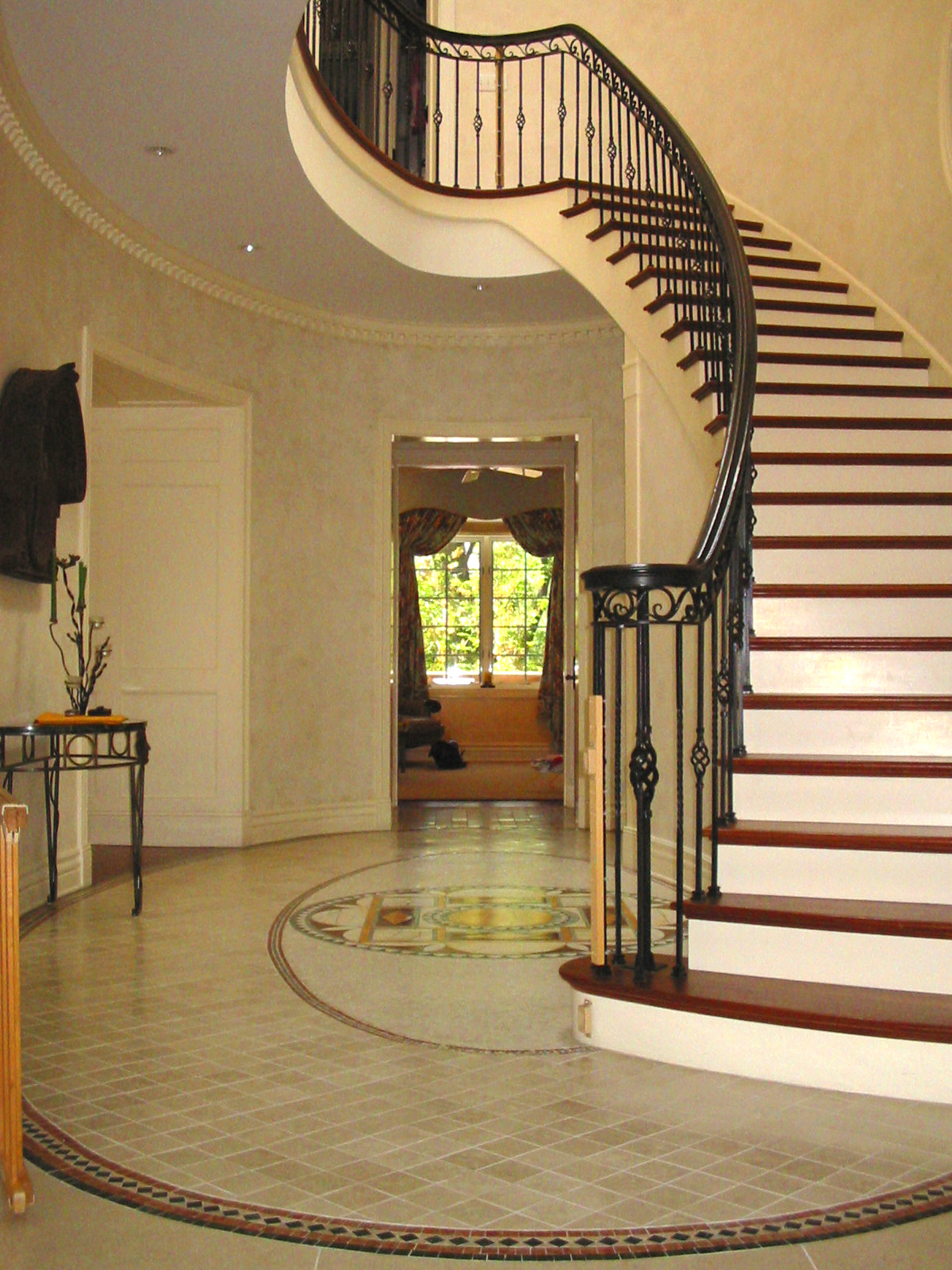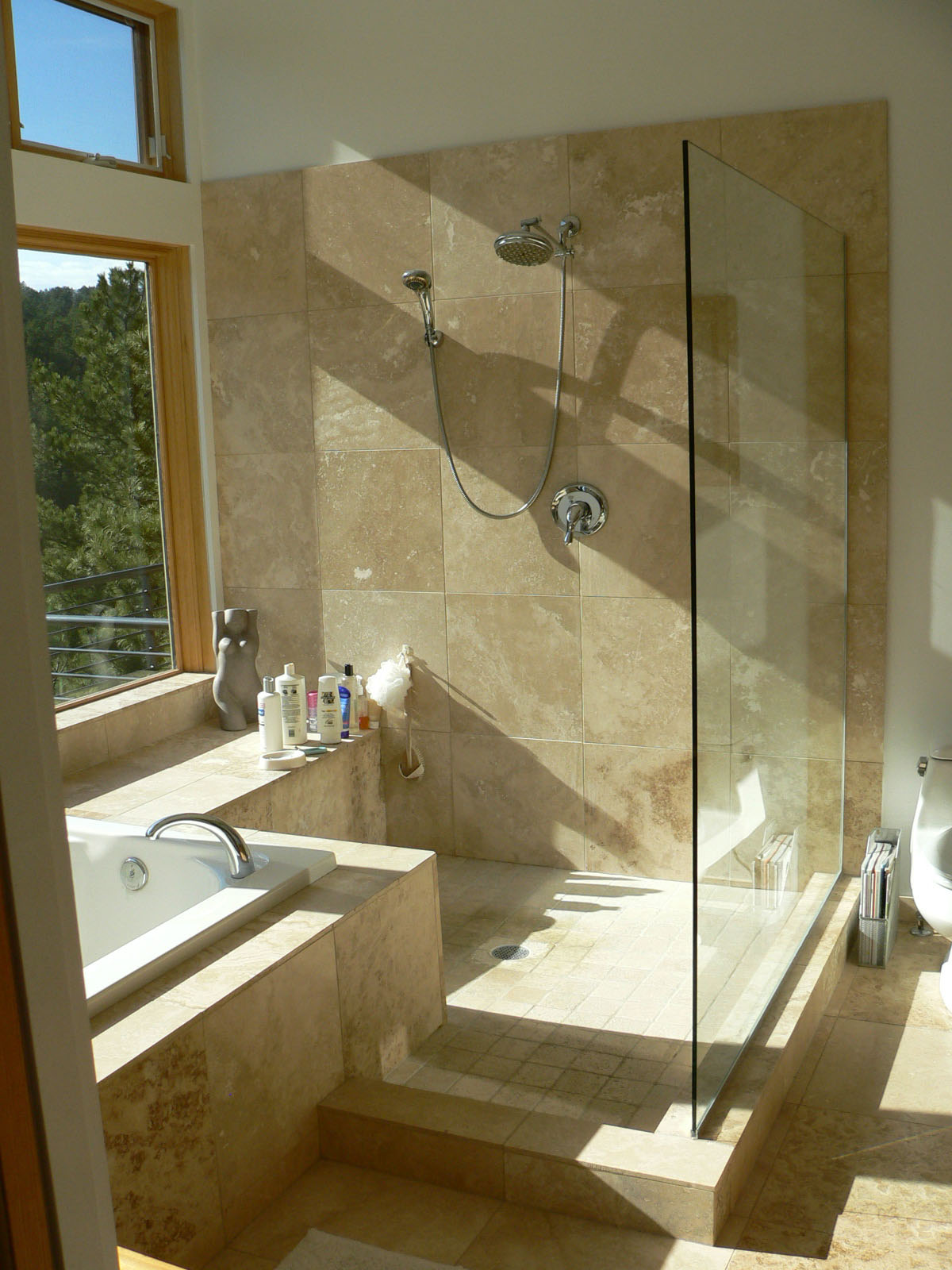In all of our projects we go through an extensive process of trying to choose materials for interior finishes. There are an almost infinite number of choices available for tile, wall and ceiling colors, flooring, etc. The final selection should reinforce the ideas of the design as well as meet the budget, technical and practical uses of each location.
Levels of Abstraction
So, beyond simply making aesthetic solutions based on the 'style' of the building or interior, we make selections to echo the spatial ideas of the project. With this said, the challenge often comes not in the selection of any given material, but the coordination and synthesis of dozens of selections. Beyond style and color, one of my guiding ideas for choosing materials is the relative level of abstraction that the material exhibits in relation to its 'natural' state.
These images above are very different in terms of style and feeling, but they both are utilizing materials with little or no manufactured refinement, a single level of abstraction. Rough stone, waxed cork, stained douglas fir beams, oiled shoji screen tracks are all quite close to the stone or wood as found in nature and sympathetic to each other because of that similar level of abstraction.
Material Harmony
Whether traditional or modern, the sympathies of the materials to each other is reinforced by a similar distance from the raw material. Taken in reverse, you might say this is the relative level of refinement of the material. In the image above, marble mosaic tile, wrought iron and painted and stained treads and risers work together. Below, painted trim, honed travertine tile, clear tempered glass harmonize with each other, a second level of abstraction.
In these images below, a use of more refined, or abstracted, materials - engineered flooring, stainless steel and birch veneer in a modern kitchen interior. This is a third level of abstraction, a combination of materials extracted, machined, polished, and further transformed.
Phenomenology
While each material has a history of its use imbedded within it, they also exhibit a kind of phenomenology of their immediate history - a roadmap from tree to lumber mill to carpenter to finisher. Some paths are longer than others and the final destination is exquisite but hard won, while some paths are shorter and there is pleasure and a thrill in directly experiencing nature in the outcome.
copyright 2020 Mark Gerwing, M. Gerwing Architects, all rights reserved







